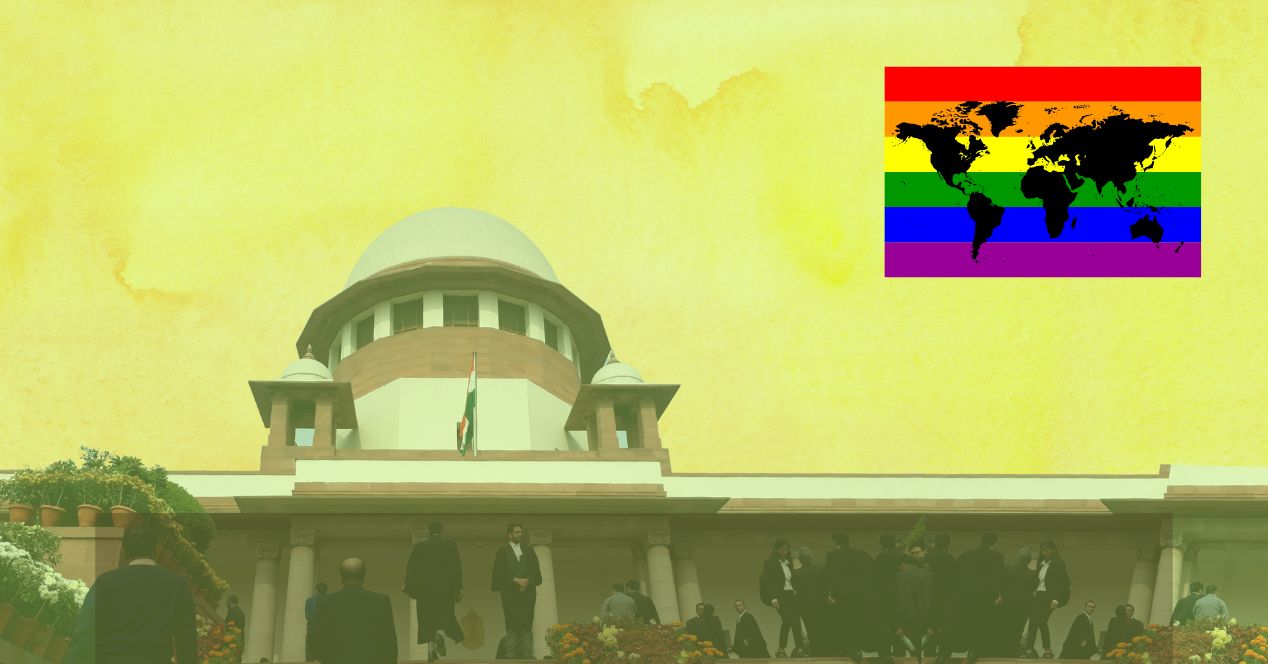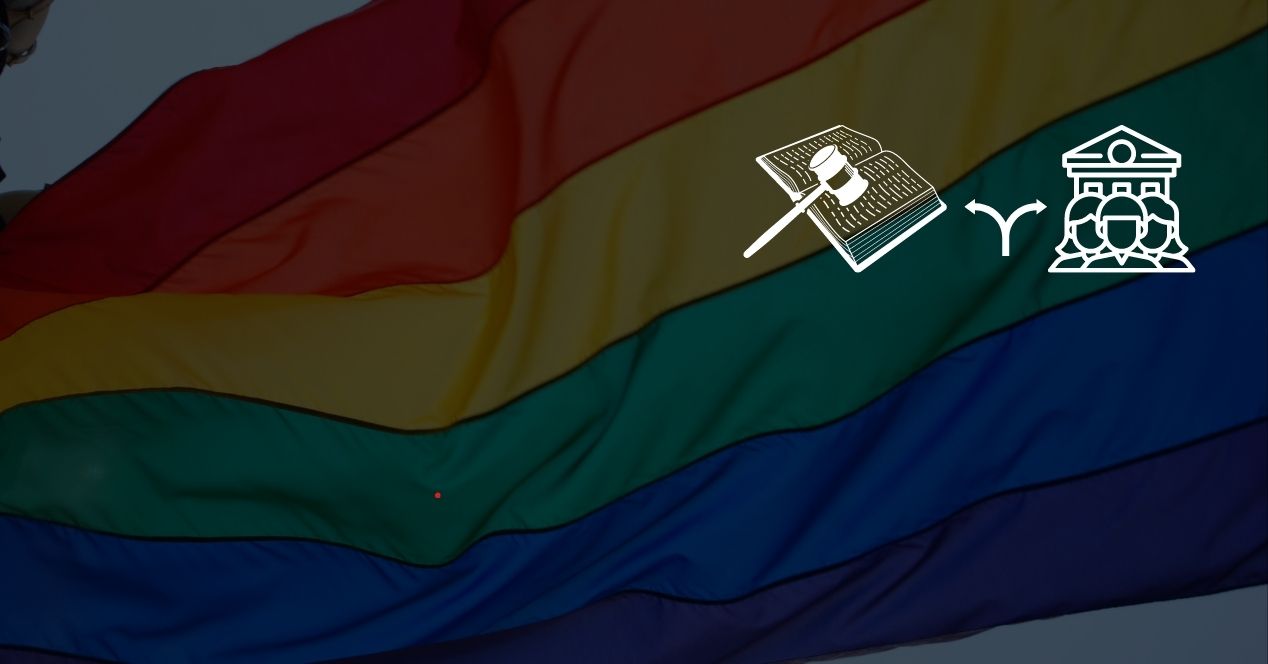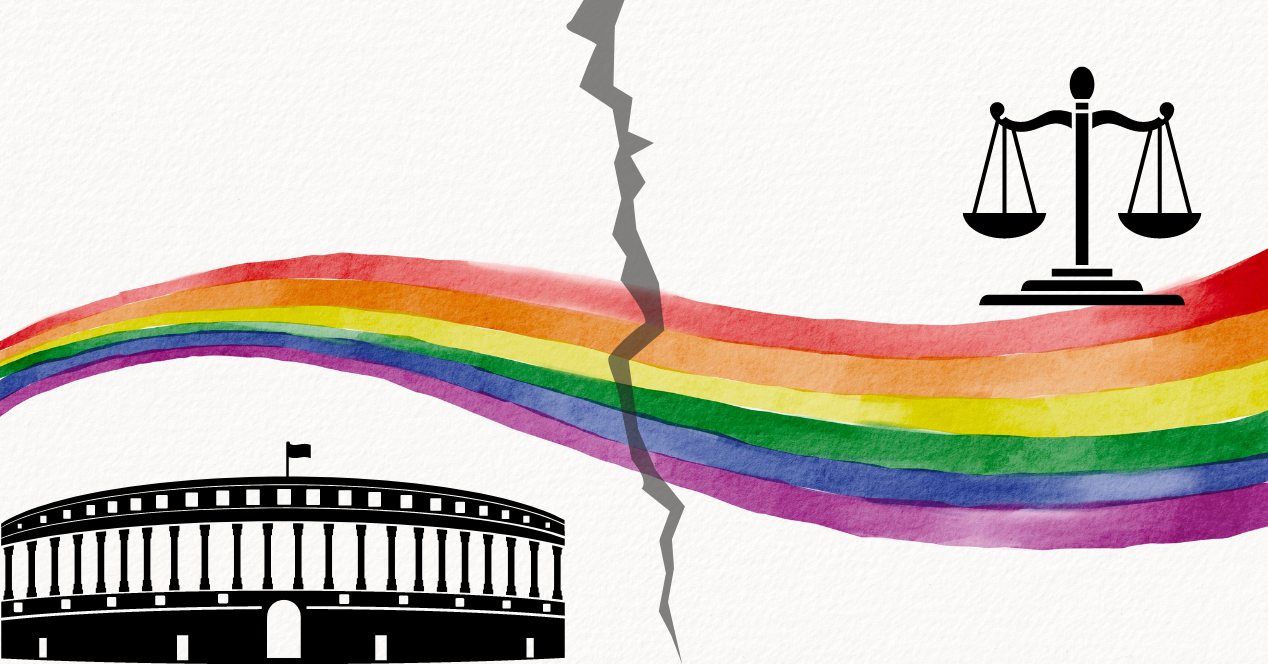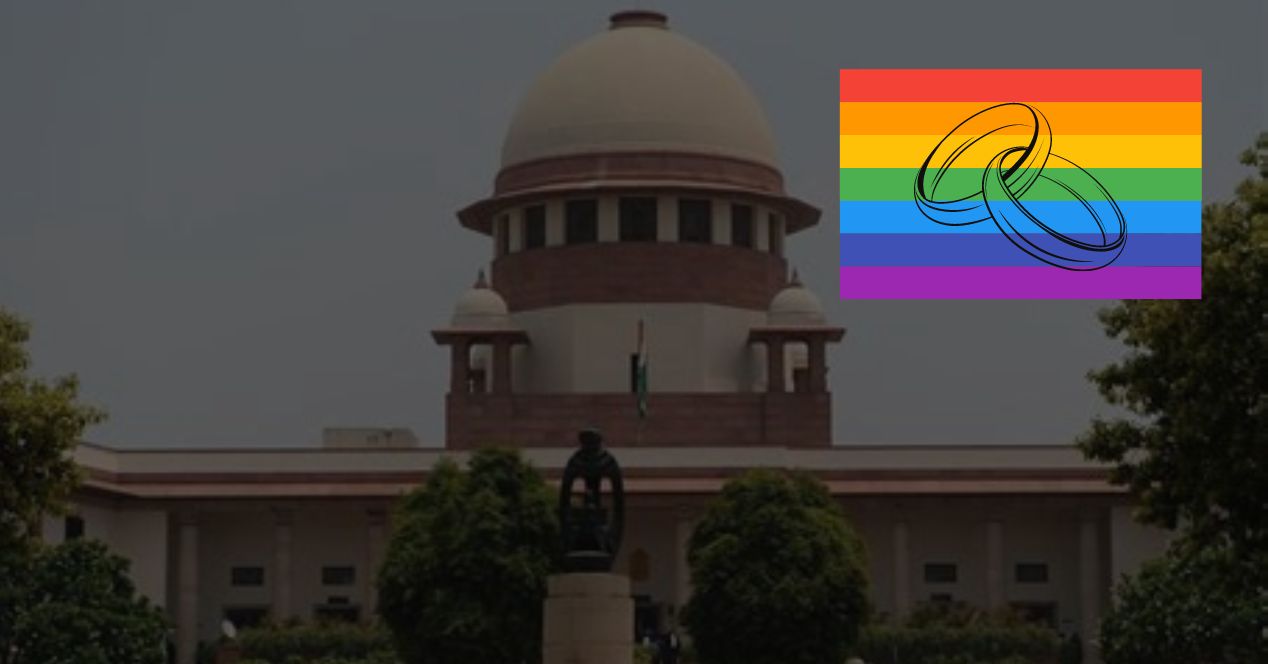Analysis
Going Beyond Marriage: A Case for Relational Equality
Some of the petitions in the marriage equality case argue for more than the right to marry. They ask for the right to a chosen family.
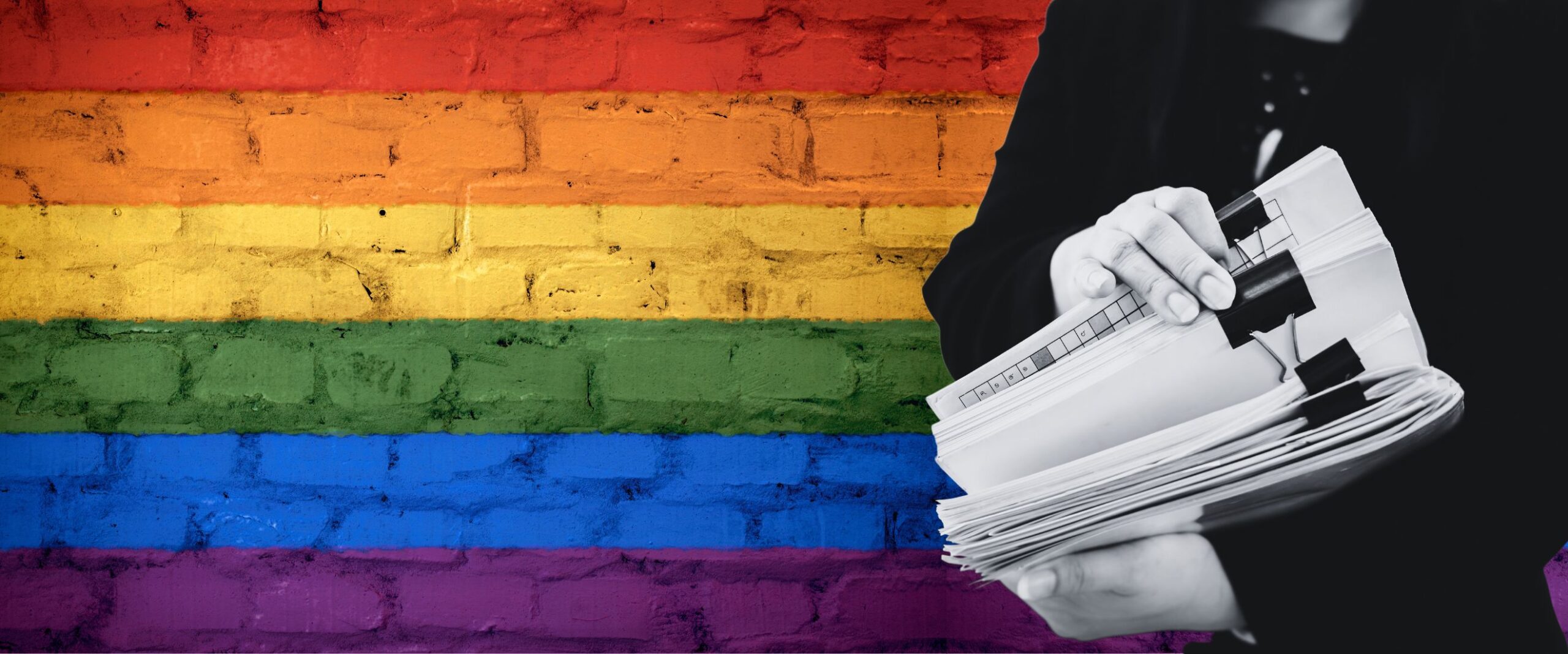
In the last few weeks, the Supreme Court has been hearing petitions praying for marriage equality, and arguments emphasising the importance of marriage as a gateway to a whole ‘bouquet of rights’. The social pedestal occupied by marriage is in fact a key reason for the petitioners to seek marriage equality.
In the twenty petitions the Court has taken up for hearing, all of them pray for marriage equality, albeit under various legislations. However, alongside marriage equality some petitions seek legal recognition for families of choice that lie outside the bounds of marriage. In doing so, these petitions challenge the centrality of marriage to define family and raise important questions about relational equality under the law.
There are two key petitions that go beyond marriage equality. These are Amburi Roy v Union of India and Rituparna Borah v Union of India.
First Comes Love, Then Comes Marriage?
In Amburi, the petitioners are a same-sex couple who were legally married in Denmark. They challenged the provisions of the Foreign Marriage Act, 1969 (FMA) which does not recognise same-sex relationships, and prevents the registration of their marriage in India. Additionally, Amburi is the only petition to have also challenged Regulation 5(3) of the Adoption Regulations, 2022 under the Juvenile Justice Act, 2015. This regulation prevents queer couples from adopting a child. This exclusion happens at two levels. First, since same-sex couples are not able to marry, they cannot be considered to have been in a ‘stable marital relationship for at least two years’- a prerequisite for adoption under the Adoption Regulations, 2022.
Second, their lawyer, Amritananda Chakrovarty drew the Bench’s attention to a circular from the Central Adoption Resource Agency dated June 16th, 2022. This circular prohibits an unmarried prospective parent from adopting if they are in a live-in relationship. This excludes any queer live-in couple regardless of how long or stable their relationship has been, effectively curbing the right of a queer person to adopt even in their individual capacity.
The Rituparna Borah petition was filed by a group of four queer feminist activists and three queer couples. Unlike other petitions, it argued against the law’s limited conception of family— restricted to relationships by marriage, birth or adoption. This, they argued, does not represent the lived experiences of unmarried queer persons, many of whom have strained relations with their natal families. They have developed their own chosen families. The law’s failure to recognise such non-conjugal/non-biological relations led to systemic exclusion and vulnerability, especially in matters related to healthcare, housing, inheritance and other socio-economic rights. They prayed for the recognition of ‘chosen families’ instead of ‘next of kin’ under all laws, as an intrinsic part of a queer person’s right to a dignified life under Article 21.
The Significance of these Petitions
Both of these petitions raise significant questions about the place of relational equality under the Indian Constitution.
The Amburi petition highlights two kinds of discrimination. First, discrimination on the basis of sexual orientation since queer couples cannot marry. This effectively means they cannot adopt as a couple. Second, is discrimination on the basis of marital status itself. The fact that married couples can adopt and not live-in queer couples, means that the law discriminates on the basis of marital status.
The underlying assumption here is that marriage is the only kind of stable relationship while other relationships are not. This assumption is suspect given that divorce rates are on the rise in urban India. Yet, the major problem here is the way marriage is interpreted as the sole gateway to a host of socio-economic rights. The Amburi petition touches upon this by showing how an unmarried live-in couple, despite considering themselves as a family for all practical purposes, cannot adopt jointly or even in their capacity as a single parent. The Rituparna Borah petition, on the other hand, hits the nail on the head by recognizing the limitations of how ‘family’ is imagined in the law and calls for a recognition of diverse families in the form of ‘chosen family’.
As part of the right to a dignified life under Article 21, one has a right to intimacy and autonomy. While this definitely includes marrying a person of one’s choice, arguably it also includes a right not to marry. Yet, every social institution nudges one towards eventual couplehood and marriage. The law does this by making marriage the gateway through which one can access all other social and economic rights and benefits—be it gratuity, pension or inheritance. Consequently, all other relationships, whether it be live-in relationships or friendships which do the work of the family but are not recognized as such, are relegated to an inferior status within the law. Vrinda Grover, the lawyer for the Rituparna Borah petition, stressed this point before the Constitution Bench asking it to recognize chosen families as a way to facilitate relational equality.
What’s Next?
Although the Constitutional Bench entertained the arguments raised by these petitions, it is unclear how the court will respond to it. The judges have expressed concern that making changes even just to the Special Marriage Act, 1954 (SMA) might have a cascading effect on a whole host of other legislations. This could then lead to opening the floodgates of litigation under several laws and effectively force the court to redraft laws and impinge on the domain of Parliament. Given that the Rituparna Borah petition would also necessitate a whole host of changes across multiple laws (family, parenthood, inheritance, social welfare), to recognize ‘chosen family’ the Court may be wary of venturing beyond the SMA at all.
Recently, before the Constitution Bench The Union suggested the formation of a committee to look into queer couples’ demands for rights and benefits without legally recognising their right to marry. The Bench was receptive, and if it chooses to go down this path, it will be Parliament and not the Court which will decide the exact scope of rights available to ‘chosen families’.
Nonetheless, the Court has an important role to play. Apart from specifying whether there is a fundamental right to marry for queer persons, the Court may use this case to reflect on the right to relational equality under the Indian Constitution. In Deepika Singh v Central Administrative Tribunal (2022), Justice D.Y Chandrachud noted that atypical families require both the protection of the law and the benefits available under social welfare legislations. The Court can expand on these observations in this case.
One option might be to revisit the jurisprudence on marital status discrimination. The judiciary has from time to time struck down laws and executive orders that discriminate on the basis of marital status. While the tendency has been to see marital status discrimination as a facet of sex-based discrimination, it has not been explicitly recognised as a separate ground of discrimination.
Both the Rituparna Borah & Amburi petitions (directly and indirectly) raise the question of relational equality and recognition of diverse families. To this end, clarity on the contours of marital status could go a long way in creating the necessary foundation to recognise atypical, chosen families.

